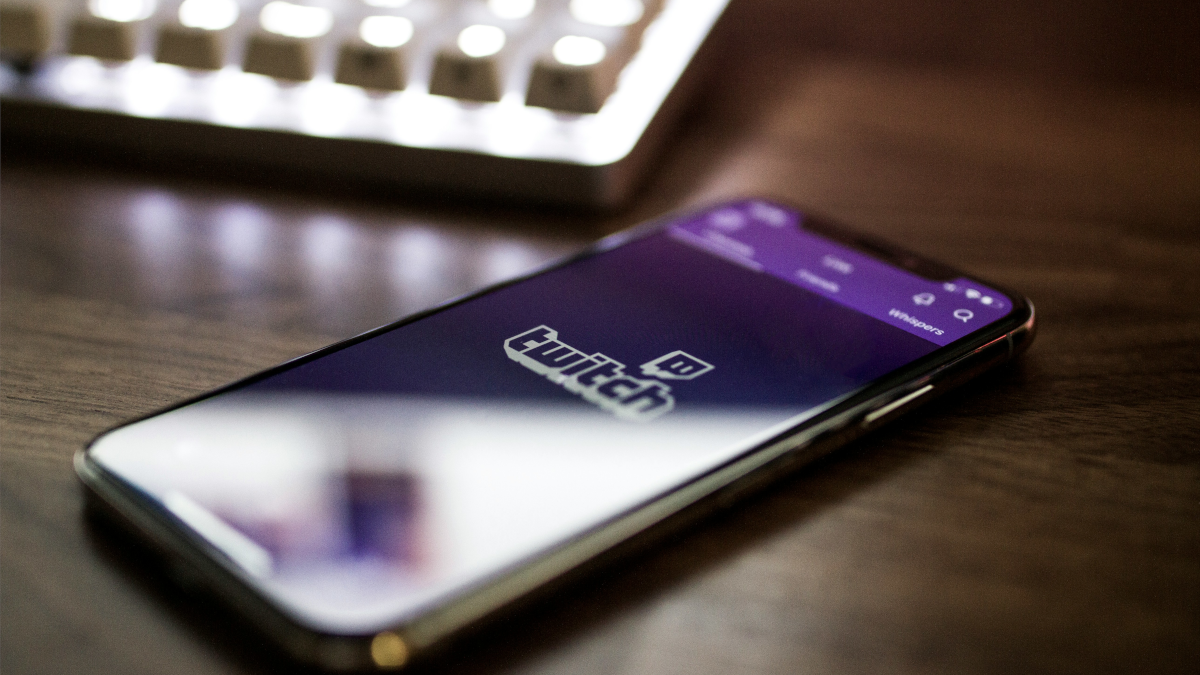Once people form an opinion about an app and what it’s for, you can’t rewrite that narrative overnight. Twitter rebranded itself as X in the hope of becoming an ‘everything app’, but a year on, most of us still call it Twitter and use it the same way. It’s ultimately consumers not platforms that give an app character and decide on its use cases. But when those use cases evolve, marketers often miss the memo.
Twitch was born out of Justin.tv, a live streaming platform. Gaming was so popular on the site that it made a spin-off, with a 2014 Guardian article describing it as ‘YouTube for live gaming’. So, if your target audience wasn’t young male gamers, it wasn’t worth your while. The same is true of Discord, which was created to solve a problem for PC gamers.
A lot can change in a decade though: today, 65% of Twitch users and 66% of Discord users are interested in gaming. So, it’s natural to wonder what the remaining third are doing on them.
Demographics are the blurb; it’s time to open the book
To be clear, about half of Twitch/Discord users are Gen Z, and two thirds are male. But that only tells you so much. The gaming community is full of surprises and more varied than we generally give it credit for.
Let’s zero in on Twitch viewers. Compared to other Gen Z men, they’re at least 25% more likely to be interested in cooking, handicrafts, and pets — and you can find content catering to all that on the app. HelloFresh used Twitch to host its cooking challenge a couple of years back, for example, and zoos use it to shout about animal conservation.
Then there’s viewers who don’t express an interest in gaming. This group stands out from the rest of Twitch’s audience for watching beauty tutorials, listening to self-help podcasts, and using meditation tools — a sign the platform can accommodate many different types of creators and even be a medium for wellness or lifestyle content. In fact, ‘just chatting’ is consistently the number one category on the site.
A fair few brands have spotted the opportunities Twitch is sitting on, and started to use it in creative ways, but many others haven’t opened their eyes to just how diverse and unique its user base is.
Twitch’s audience is relatively small in size, but not in strength
A second reason marketers might underestimate Twitch is its reach. According to GWI data, 6% of global consumers use it, a number that’s dipped slightly since its peak in 2020-21. Logically then, if your goal is getting in front of as many potential buyers as possible, Twitch isn’t the answer. But if you’re looking to engage niche communities in a powerful way, then I’ve got some stats for you…
30% of people who identify as gender-neutral/fluid, non-binary, or transgender use Twitch — in case you were wondering why a makeup company like NYX would use it to broadcast a Pride campaign.
And a whole host of other brands have a hypothetical audience on there: 25% of Paysafe users, 21% of Christian Louboutin buyers, and 18% of Joe & The Juice customers use Twitch — I could go on, but you get the picture. While we wouldn’t recommend the app to an entire sector like luxury, there are specific subsets of shoppers that have more to gain — which is where granular audience data comes in handy.
Twitch’s audience isn’t just diverse either, it’s valuable. Twitch viewers are much more likely to buy products online, say they’re loyal to companies they like, and tell friends or family about new products than your average consumer. They’re highly engaged brand ambassadors who purchase things to access the community around them. And there’s a lesson in there for advertisers: appeal to a relevant Twitch fandom and get a small yet mighty marketing boost.
The deal with Discord
Discord came a little after Twitch, but tends to be written off for similar reasons. The app got a lot of attention as its growth figures shot up, and then slipped from the media spotlight once they levelled off. Many non-gaming brands didn’t give it a second thought.
And I’d argue that some should. Just like Twitch, Discord’s strength lies in connecting hard-to-reach communities with businesses in a direct and personal way — assuming they’re compatible.
We’ve seen Chipotle host a job fair on there and receive over 23,000 applications in days; we’ve seen Adobe create servers dedicated to products like Photoshop and offer real-time answers to confused customers. And these approaches landed because they weren’t ads in the traditional sense; they didn’t encourage users to buy things but contributed and added value to a tight-knit group.
These aren’t your average (or even natural) marketing channels
It’s safe to say that Twitch and Discord aren’t for every brand, and a quick-dip analysis of a site’s audience might confirm that.
But it’s surely worth doing; at least then you’ll know you aren’t missing a trick.
Editor’s note: many of the stats above are taken from GWI’s Consumer Research Platform. Featured image: Caspar Camille Rubin / Unsplash

